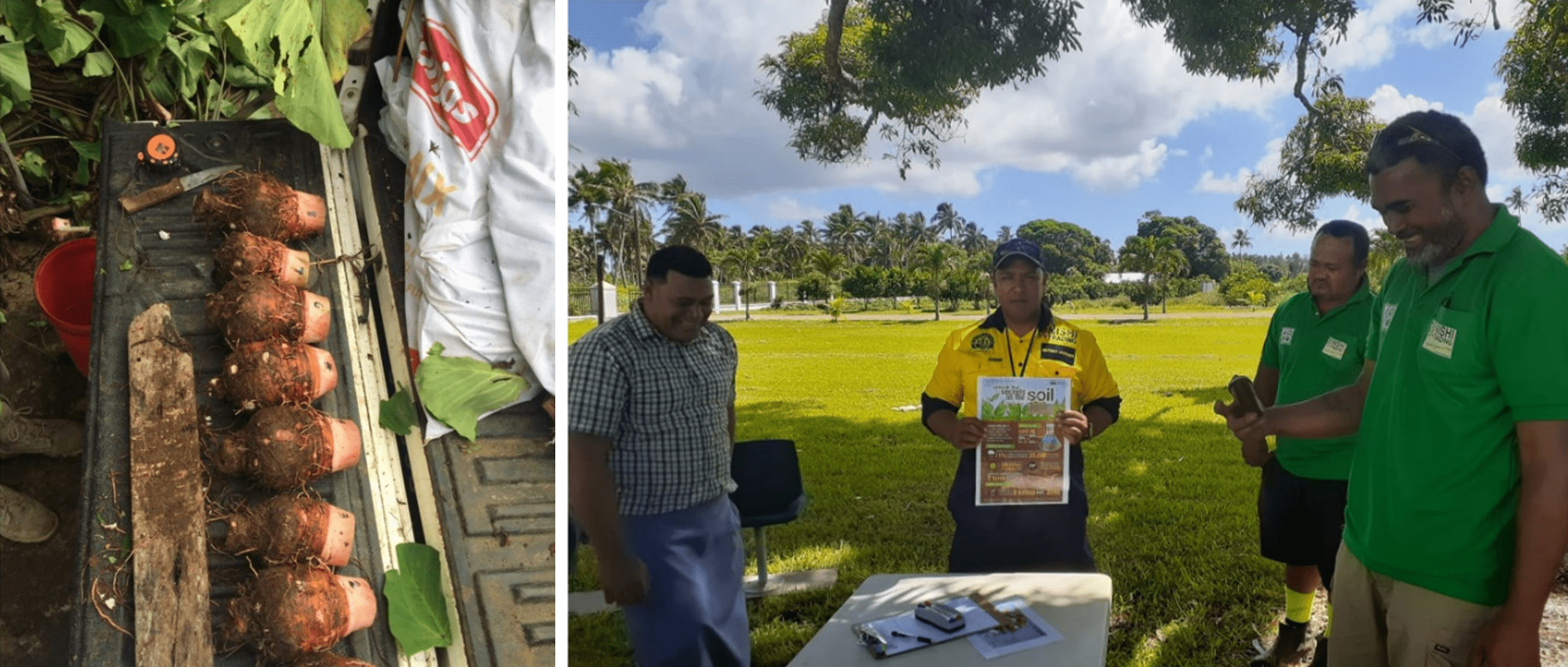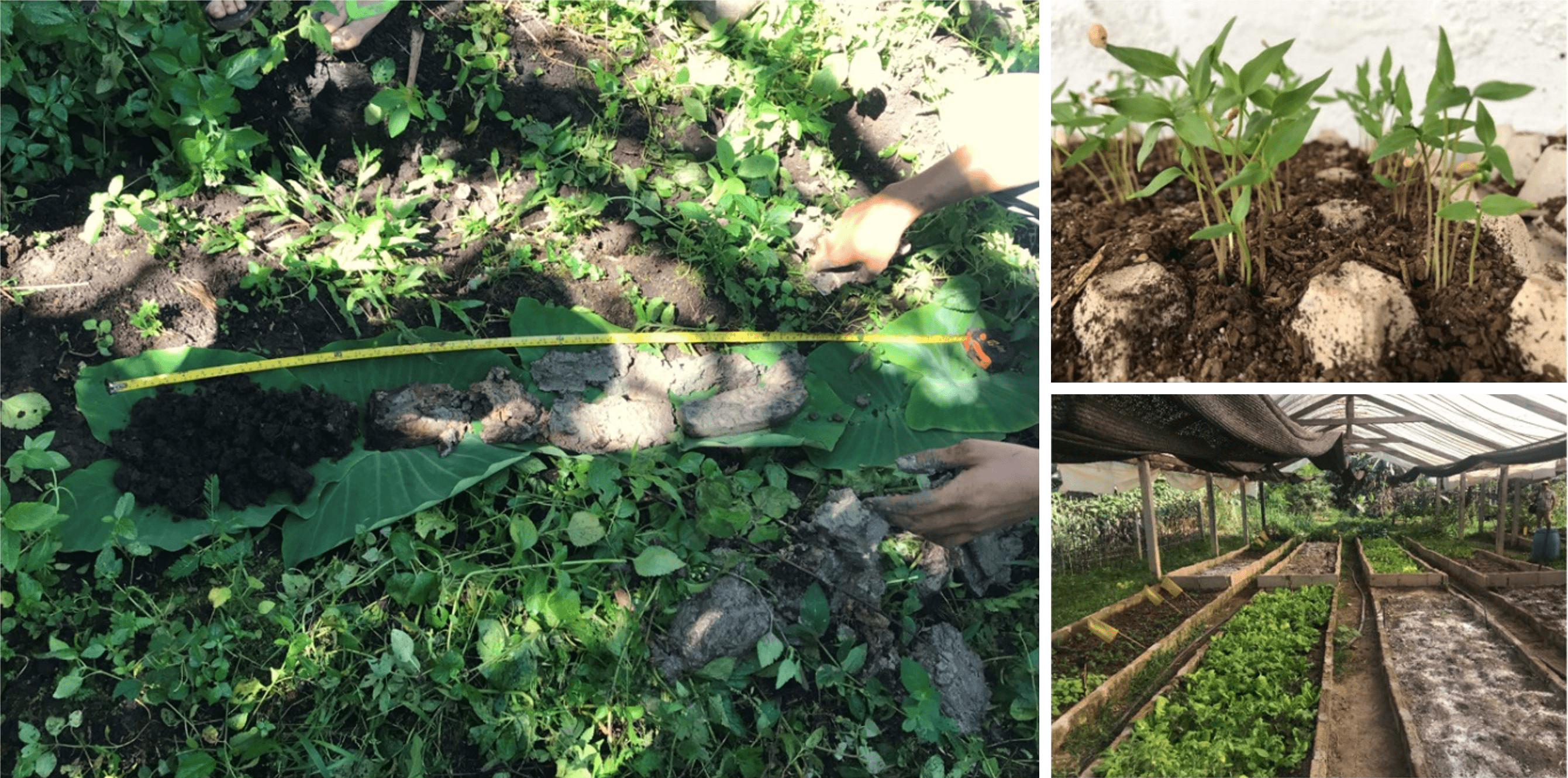

Australia – A Powerhouse of Agricultural Research
May 30, 2022
We have no doubt that involving young Australians in international agriculture and agriculture for development has meaningful and beneficial outcomes for food and nutrition security, for the students and for Australian agriculture. This is again the focus of our awareness raising in the third year of our ACIAR supported NextGen project.
This year we will hear from NextGen’rs who are involved in the work that has been highlighted in our seven teacher modules for secondary students around Australia.
We are now featuring Belinda Nielsen, Graduate Officer (Land and Management) at the Australian Centre for International Agricultural Research (ACIAR). Belinda is also President of Researchers in Agriculture for International Development (RAID).
Belinda describes herself as a keen agricultural enthusiast, with particular interest in how the power of agriculture and collaborative thinking can be harnessed to help people. Her blog focuses on our teaching module Australia – A Powerhouse of Agricultural Research.

Australia is often heralded as a leader in our region when it comes to agricultural productivity and innovation, but how is our research really impacting the agricultural industry, both here at home and further afield? How can we, alongside our regional neighbours, continue to strive for inclusive innovation in the face of a challenging, ever-changing global context?
Our position as the ‘lucky country’ has many advantages that many other countries don’t have when we think about agriculture: a relatively small population, lots of land space, and as an island, a geographically-advantageous location that has enhanced the efficacy of our biosecurity. These factors have enabled us to achieve a high level of food security for most of our population, and a self-sufficiency that allows ~70% of our agricultural products to be exported to consumers around the world.
Our farmers also face a world of challenges, however, in producing quality food on the driest inhabited continent on earth, significant resource constraints, and the uncertainty of managing increasing risks from the effects of a changing climate. Considering this, and in looking to the future, we’re faced with a complex and ever-evolving problem: of how to do more, more sustainably, with less. In looking to address these challenges, and helping our region to do the same in today’s world, trusted partnerships and collaboration are more crucial than ever.
When we think of Australia’s involvement in international agricultural research for development (affectionately abbreviated to AgR4D), we might be inclined to think that it’s mostly from a purely ‘doing good’ standpoint. While this is an important factor for sure, there are heaps of tangible outcomes and benefits for both us and whoever we work with in building agricultural research skills and experience for generations to come.
For me, agricultural research experience has provided invaluable learning opportunities, and seeing more and more genuine international collaboration in AgR4D is fantastic to see as a young person looking into a rewarding and exciting career path. At school and in university, these experiences were all about getting out at meeting students from other counties, getting into the field and learning alongside one another.

After school and uni, in my current job at ACIAR, these experiences have at times been about watching and learning from senior scientists – experts in their fields – in the trial, error (and eventual success) of introducing technologies that have helped farmers in Australia, into countries we partner with.
One such example of this is through the work of an CSIRO-led project: The Pacific Soils Portal. Now, I know the concept of studying soil might sound a bit odd if you’ve never thought about it before (and trust me, a few years ago, I thought the same), but understanding what goes on beneath our feet has so much power in supporting sustainability for the people that depend on agriculture for their food security and income, and can also have really important social and cultural nuances in how people relate to the land on which they live and farm.
The technologies used in this project, like localised, rapid scanning equipment, are currently used in Australia for things like soil monitoring, animal welfare, and managing other farm resources like chemicals and water. Just like in Australia, the hope for introducing these technologies to partner countries is that farmers and other decision-makers can be empowered by knowing more about their land and how using good management can reduce the negative impacts that commercial farming can have on their soils. How cool!
This is just one of the many examples where if we think creatively and use the lessons we’ve learned from our own trial and error in Australia, the collaborative work of scientists within our region comes to life beyond the lab, and really shines for the benefit of people who are critical for the food security of their country and region.
Our agricultural sector definitely has strength in many areas, but also lots of room to learn, innovate and think creatively, enhanced by multidisciplinary and inter-regional collaboration. It is through these kinds of clever, shared approaches that we’ll open doors for ourselves in reaching nuanced solutions to multi-layered issues in our future.
I acknowledge and pay respect to the traditional custodians of the land across Australia, as stewards of natural resources for thousands of years across this continent. Our shared past holds valuable lessons and guidance for our future.
Want to read more?




